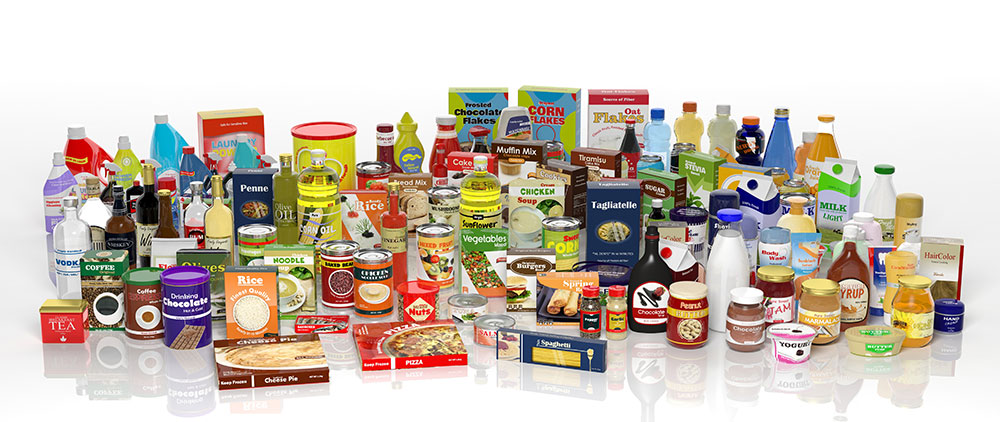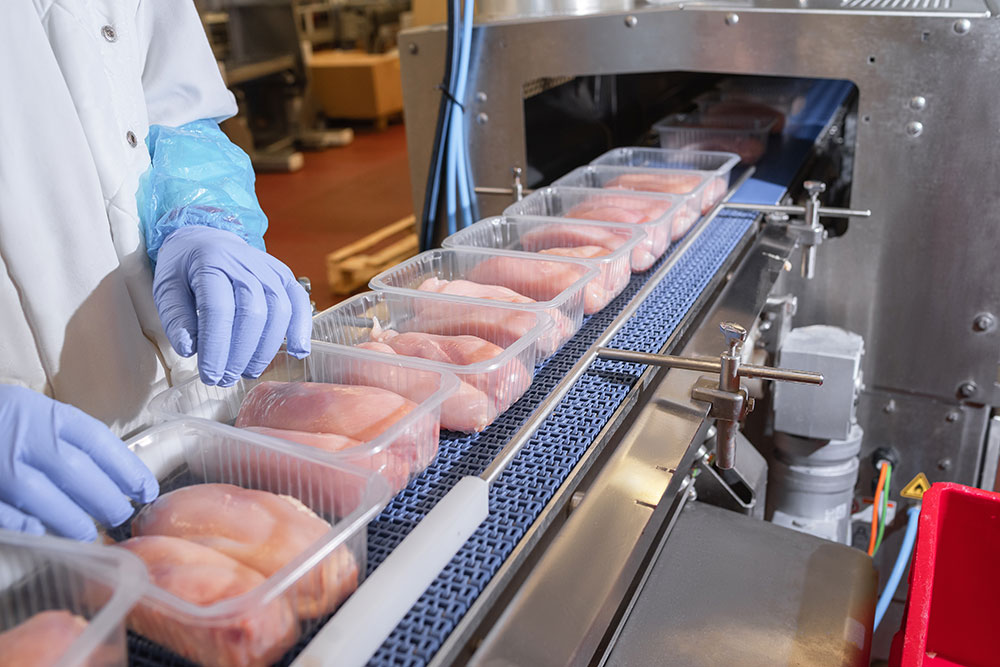
Food Packaging Materials

Food packaging refers to the enclosing of food products to shield them from contamination and tampering from chemical, physical, and biological sources. You may also package food to enhance its shelf life or keep its taste and quality during shipping and handling. Many food products whether fresh or processed, are stored, marketed, and distributed in packaging.
Because food is a delicate product, it's important for it to be well packaged to avoid coming into contact with contaminants. The materials you use in packaging should guarantee safety during transit.
Food in transit may need to be transported for thousands of miles before reaching the destination. It's therefore important to ensure that the method you use for packaging food is safe so that the food arrives in the right condition.
Sometimes you are unaware of how you should package your food products for the different modes of freight. Thus, freight forwarding services come in handy to facilitate the proper packaging for transport using ships, trucks, rail cars, or cargo planes.
Food Packaging Materials
What assures safety in transit and shelf life of any food product is the material used and package design. The right choice of your packaging materials is key to preserving the product’s quality and freshness in transit and storage. Take into consideration, too, the packaging's impact on the environment. The traditional materials used for packaging food are:
Glass
The advantage with glass is that it’s simple to recycle and reuse. Glass is heat- and moisture- resistant and non-reactive. It can be transparent which lets you see the contents.
On the flip side, glass is relatively heavy which increases transportation costs considerably. Glass is very fragile, which makes it easy to break from internal pressure, thermal shock, and impact.
Metal
Metal is good for packaging because it offers protection, recyclability, and barrier properties. Familiar ways of packaging food using metal are:
- Aluminum: for packaging soft drinks and pet food.
- Aluminum foil: used for food wraps and trays.
- Tinplate: used to package drinks and processed foods.
- Tin-free steel: this includes food cans, trays, and bottle caps.
Aluminum is highly resistant to heat, moisture, corrosion, and gases. It's light and recyclable. There are disadvantages with aluminum. It’s less strong, is expensive, and can’t be welded.
Plastic
Plastic is the most versatile and is used in packaging many food products. Plastic is cheap and light. It provides you maximum flexibility while designing the package. It can protect your food for a long time.
The disadvantage with plastic is that it’s penetrable by light, vapors, or gases. It's also bio-hazardous. Despite the negative effects of plastic on the environment, companies still use plastics widely to package food products. You need to choose the right plastic for packaging your food products as discussed below:
- Polyethylene Terephthalate (PETE): it's light, highly resistant, and recyclable. You may use PETE for the packaging of beverages, water, oil, jelly or jam, and salad dressing.
- High-Density Polyethylene (HDPE): this plastic has low risks, making it good for packaging water, cereal, juice, and milk.
- Polyvinyl chloride (PVC): is best suited for the manufacture of food wrap, oil, bottles, and OTC drugs. The chlorine contained in PVC makes it chemically and biologically resistant.
- Low-density polyethylene (LDPE): its major use is in the manufacture of grocery bags, squeezable bottles, food wraps, and bread bags. It's highly resistant to heat and is thinner than many resins. Though it’s safe, it can’t be recycled and is bio-hazardous. You may either reuse or repurpose it.
- Polypropylene (PP): mostly used by manufacturers of yogurt, ketchup, and medicines. Its heat-resistant property offers safety when microwaving.
- Polystyrene/Styrofoam: it’s preferred by manufacturers to manufacture disposable cups, plastic cutlery, bowls, and containers for takeaway foods. It's not safe when it comes into contact with heat as it produces a chemical that may be toxic. This type of polystyrene can’t be easily recycled. You may either reuse or repurpose it.
Paper And Paperboard
Paper isn’t usually preferred in packaging food products because it has limited barrier properties. In situations that it’s used, you’d treat it using lacquer or resin. Compared to paper, paperboard is much thicker. This makes it good for making shipping boxes and takeaway food packaging. Paper and paperboard packaging are steadily growing in popularity.
Making Food Packaging Safe In Transit
To curb unwanted eventualities during transportation, which may cause food safety risks, you may have to put in place some planning and control measures. Some measures to consider when packaging food for transportation include the type of product, storage time, hygienic practices, reinforcement to be used when putting the products in pallets, and checking whether your packaging meets all safety requirements.
You may use current simulation technologies in the transportation field when checking the safety requirements. Simulators are essential tools that ensure optimal packaging.







